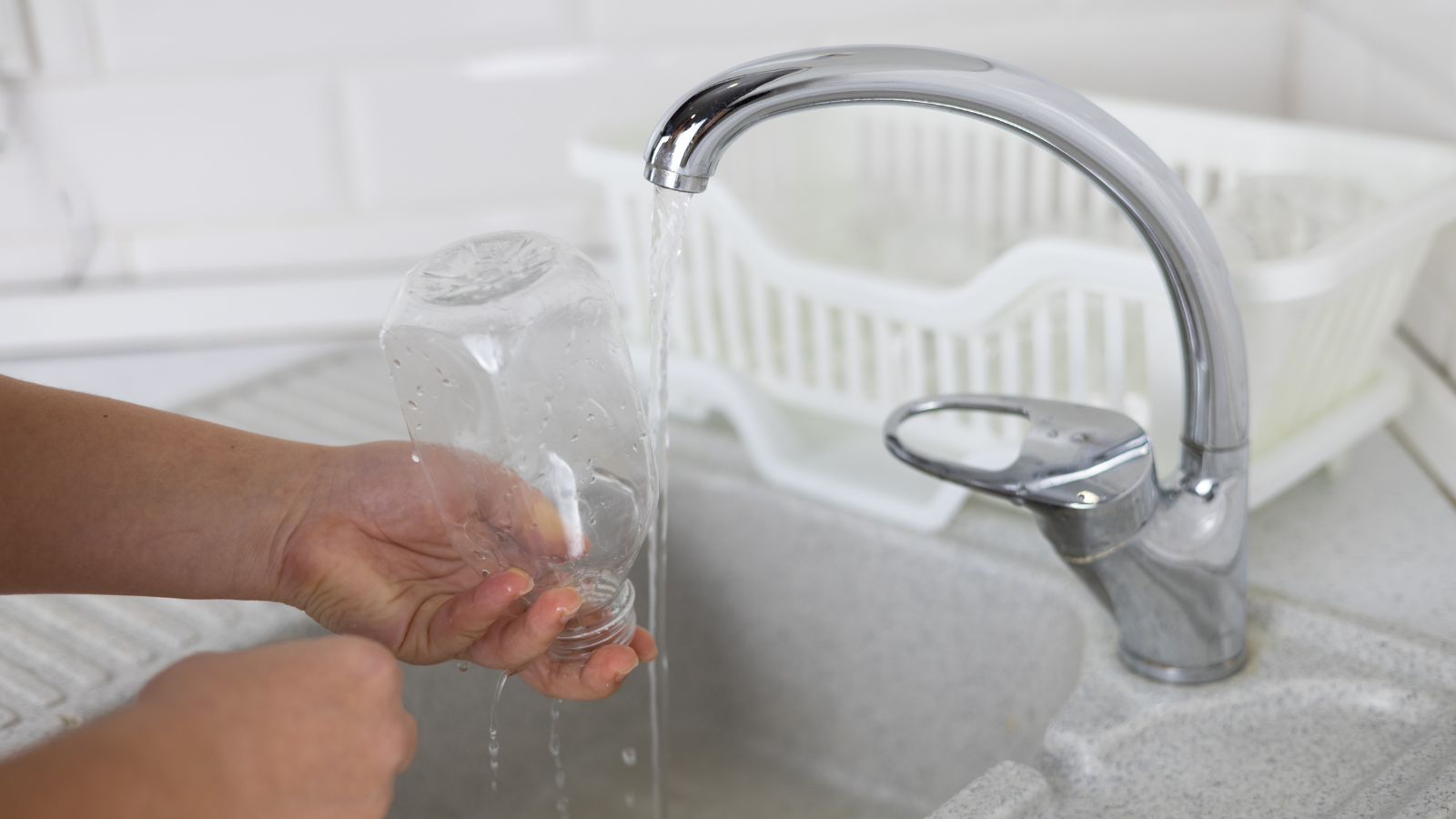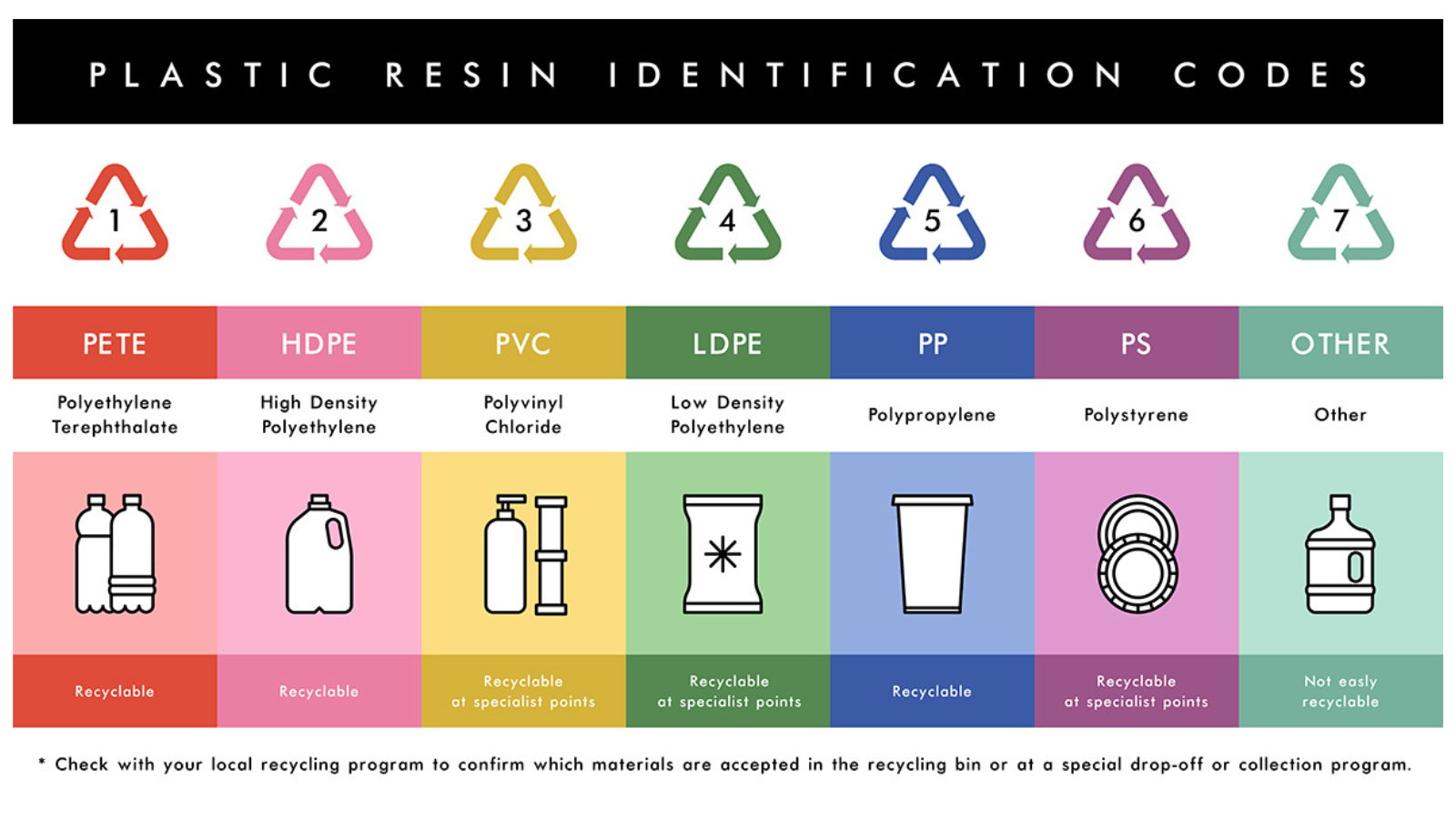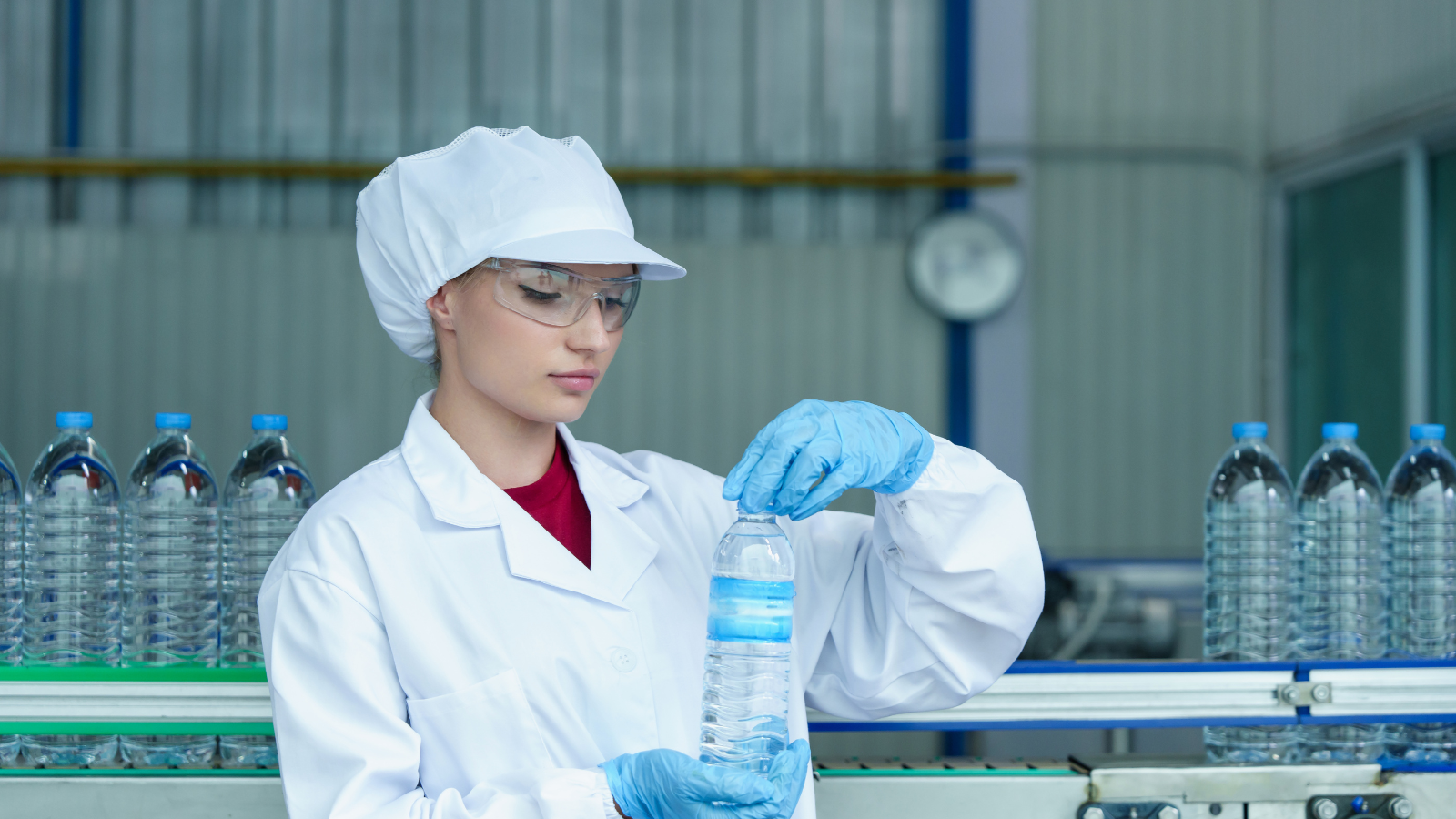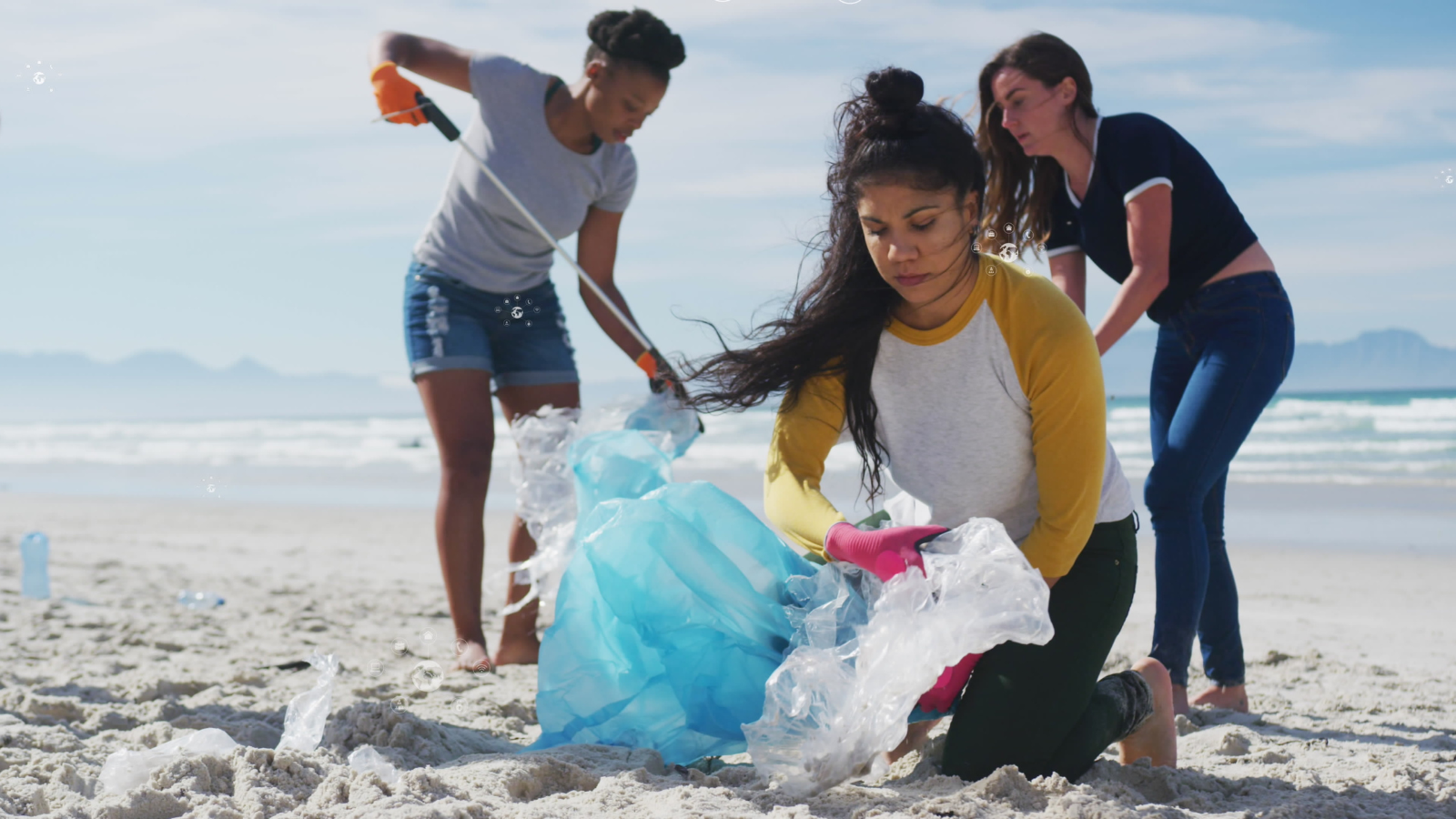Quick Read Guide
The Moment of Truth at the Recycling Bin
You're standing at the recycling bin, coffee cup in hand. "Is this plastic? Does the lid go on or off? Is it even worth the effort?" Those split-second questions are something we all share. In a world overflowing with information—and misinformation—about what's good for the planet, it’s easy to feel overwhelmed. But what if we told you that making a positive impact is simpler and more powerful than you think?
But according to the EPA, even simple steps like rinsing containers or checking local rules can make recycling highly effective and prevent tons of material from ending up in landfills. Making a difference is simpler—and more powerful—than you think.
At Green Paper Products, we’re committed to a greener future, starting with clarity. Let’s bust four of the most common recycling myths so you can feel confident every time you toss something in the bin.

Myth 1: Recycling Is Too Complicated
It’s true that recycling rules can seem like a puzzle. One town says "yes" to a certain plastic, while the next town over says "no." This inconsistency can make it feel like an impossible task. But the key isn't to know everything all at once; it’s to know a few simple, powerful truths about your local program.
The truth is, recycling has become incredibly accessible. Many towns offer curbside pickup, and most have clear, easy-to-follow guidelines on their websites. A few minutes of research can clear up years of confusion.
Your Simple, Three-Step Guide to Recycling
1. Separate with Intention
Keep dedicated bins for paper, plastics, glass, and metal. When these bins are clearly labeled and placed in convenient spots around your home, sorting becomes second nature and drastically reduces contamination.
2. Clean is Key
Rinse containers thoroughly. Food residue is the leading reason why otherwise recyclable material gets sent to the landfill. A quick rinse not only prevents bad smells but ensures your efforts truly count.
3. Know Your Local Program
Every community has slightly different rules. Some accept cartons and pizza boxes, while others don’t. A two-minute check of your city’s recycling website eliminates years of confusion and prevents wish-cycling—the act of tossing something in the bin and hoping it’s recyclable.
The important thing to remember is that recycling programs are designed to make things easier, not harder. Even small, consistent efforts at home add up to less waste, cleaner streams of material, and more resources saved overall.

Myth 2: All Plastics Are Recycled the Same Way
Not quite. Those little numbers stamped on the bottom of plastic containers actually mean a lot. They’re resin identification codes, and each plastic type is handled differently. Without understanding these codes, it’s easy to assume all plastics go into the same stream—but that isn’t the case.
Understanding DifferentPlastic Types
#1 PET (Polyethylene Terephthalate):
Used for water & soda bottles.
Widely recycled.
#2 HDPE (High-Density Polyethylene):
Used for milk jugs and detergent bottles.
Widely recycled.
#3 PVC (Polyvinyl Chloride):
Used for yard signs, pipes, garden hoses and cables.
Not commonly recycled in curbside programs.
#4 LDPE (Low-Density Polyethylene):
Used for plastic bags, dry cleaner bags, zip loc bags and six-pack rings.
Often recycled through special programs.
#5 PP (Polypropylene):
Used for takeout containers, yogurt containers, straws, ice cream tubs.
Recycling options vary.
#6 PS (Polystyrene):
(AKA Styrofoam)
Used for takeout containers, packaging peanuts, burger clamshells, coffee cups and lids.
Recycling is very limited.
#7 Other:
Is more of a catchall that includes various plastics that typically aren't recycled curbside, which. includes bioplastics such as compostable plastic (PLA).
Not all recycling programs take all types of plastics. So, yeah, it's important to check your local rules. Knowing this stuff helps you sort your plastics right, so they end up in the right place, not in a landfill.
And get this: By focusing on recycled PET (RPET) products, we can make recycling even better. RPET products are made from recycled materials and can be recycled again, which is awesome. This is especially important in warmer areas where compostable PLA products aren't always logistically practical.

Myth 3: Using Recycled Products Means Sacrificing Quality
This is one of the biggest misconceptions. Modern recycled materials are just as strong, safe, and attractive as their virgin material counterparts. Advances in technology have made recycled plastics like RPET and papers not only competitive but, in some cases, superior in performance.
Benefits of RPET Products:
Durable: Strong enough for everyday use, including hot and cold beverages.
Food-Safe: Approved for direct contact with food and drinks, making it perfect for tableware, packaging, and utensils.
Stylish: Recycled doesn’t mean dull—many recycled products now feature modern designs that look every bit as good as new.
Every time you purchase a recycled product, you send a message that sustainability and quality go hand in hand. From recycled paper plates to RPET cold cups, these items prove you don’t have to compromise. Businesses, schools, and families are increasingly turning to recycled options because they perform well while aligning with values of sustainability.

Myth 4: Recycling Doesn't Make a Significant Environmental Impact
Another myth is that recycling doesn't really help the environment. That's wrong, and thinking that way can stop people from recycling. But the truth is, recycling has a huge positive effect!
The Impact of Recycling:
Reduces landfill waste: Keeps millions of tons of material out of landfills each year, extending landfill life and reducing methane emissions.
Saves Energy: Recycling aluminum saves 95% of the energy needed to produce new aluminum. Recycling 10 plastic bottles saves enough energy to power a laptop for over 25 hours. Paper recycling saves roughly 60% of the energy compared to making paper from virgin pulp.
Conserves Natural Resources: Every ton of recycled paper saves about 17 trees and thousands of gallons of water. By recycling, we protect forests, oceans, and habitats from resource extraction.
Lowers Pollution: Recycling reduces greenhouse gas emissions, lowers air and water pollution, and helps combat climate change by avoiding the high energy use of raw material processing.
All these things help our planet! By recycling, we reduce pollution and damage to the environment. It also saves resources for future generations.
And guess what? Every little bit helps, and your recycling efforts are part of a bigger movement. Using recycled products, like RPET, makes an even bigger impact by creating a demand for recycled materials.
Conclusion
Recycling isn’t complicated, low-quality, or pointless—it’s a simple action with big results. By rinsing containers, checking local rules, and supporting products made from recycled content, you’re part of the solution. Every household and business that takes recycling seriously contributes to cleaner cities, reduced landfill use, and a healthier planet.
At Green Paper Products, we’re proud to offer sustainable, high-quality disposables—including compostable and RPET options—that help close the loop on waste. By choosing products that can be composted or recycled, you’re supporting a circular economy that values materials, minimizes waste, and restores resources back into the system. Together, we can keep resources in use, prevent pollution, and build a cleaner, greener future.